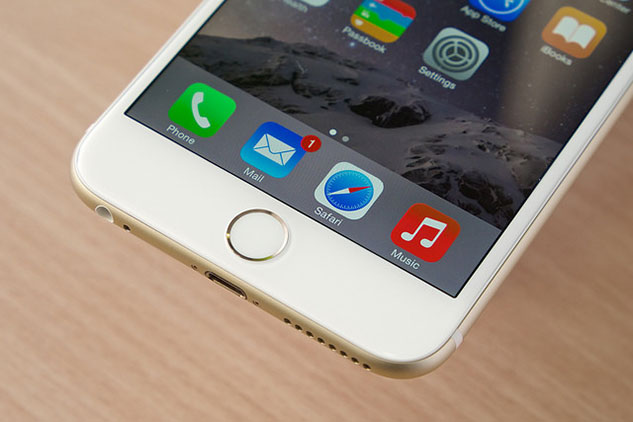Unauthorized iPhone 6 Screen Repairs Lead To ‘Error 53’ Message And Irreversible Bricking

Since getting a screen replacement from Apple is often quite pricey, some people turn to technicians not certified by Apple for repairs. Be it an ad you see via Craigslist offering “mobile” $75 screen replacements right in your home or place of business, or mall kiosks that advertise repairs in less than an hour, consider yourself warned.
Some iPhone 6 users are finding out the hard way that those repairs can lead to a bricked phone once you attempt to upgrade to iOS 9. Users are receiving an “error 53” message, which doesn’t at all convey the gravity of the situation. However, a quick search on Google reveals that error 53 is pretty much the kiss of death for an iPhone 6.
Antonio Oleos, a freelance photographer, was working in the Balkans for The Guardian when he dropped his phone. “Because I desperately needed it for work I got it fixed at a local shop, as there are no Apple stores in Macedonia. They repaired the screen and home button, and it worked perfectly.”
Well, everything was fine until he decided to upgrade to iOS 9, and then he received the dreaded “error 53” message. When he returned to London to have a Genius at the Apple Store look at his phone, he was told that his phone was unrecoverable and that he would need to purchase a replacement. Needless to say, Oleos was furious.
Kyle Wiens, the head honcho over at iFixit, provided a bit of clarity on the situation, writing, “The problem occurs if the repairer changes the home button or the cable. Following the software upgrade the phone in effect checks to make sure it is still using the original components, and if it isn’t, it simply locks out the phone. There is no warning, and there’s no way that I know of to bring it back to life.”
Since iPhone 6 screen replacements are often sold as one complete unit (display panel/front glass/front camera/Home Button/Touch ID) to make repairs relatively painless, you can see why so many people could be affected by this issue.

Images courtesy Flickr/Kārlis Dambrāns
So what does Apple have to say about all of this? Well surprisingly, the company has actually released a rather lengthy statement on why it has gone to such lengths to disable phones that have received unauthorized repairs that have any direct relation to the Touch ID sensor. In a statement released to Mac Rumors, the company writes:
We protect fingerprint data using a secure enclave, which is uniquely paired to the touch ID sensor. When iPhone is serviced by an authorised Apple service provider or Apple retail store for changes that affect the touch ID sensor, the pairing is re-validated. This check ensures the device and the iOS features related to touch ID remain secure. Without this unique pairing, a malicious touch ID sensor could be substituted, thereby gaining access to the secure enclave. When iOS detects that the pairing fails, touch ID, including Apple Pay, is disabled so the device remains secure. When an iPhone is serviced by an unauthorized repair provider, faulty screens or other invalid components that affect the touch ID sensor could cause the check to fail if the pairing cannot be validated.
So this is why iPhone 6 users are seeing the dreaded “error 53” message. In a way, it’s understandable that Apple wants to make sure that user data is completely secure and kept away from malicious parties. After all, look at what lengths Apple has gone through to keep customer data out of the hands of the government and law enforcement.
But on the other hand, these smartphones were working perfectly fine with third-party components before the iOS 9 update, and Apple gave no fair warning that updating would result in users being left with an overpriced brick in their hands.
What say you, HotHardware readers? Is this a legitimate action by the part of Apple to ensure that user data is untainted by unauthorized repairs or is the company overreaching and trying to shut out third-party service centers altogether?

